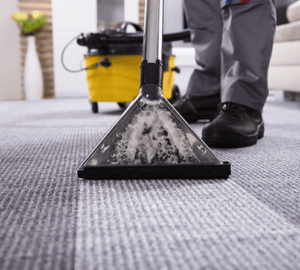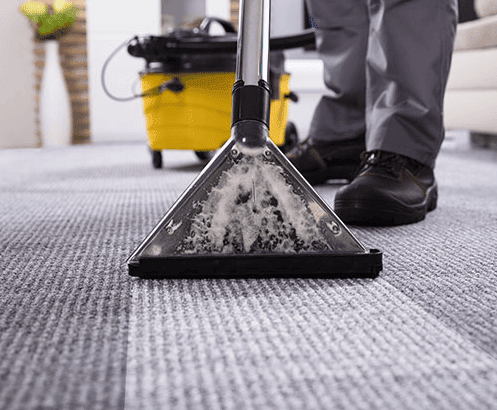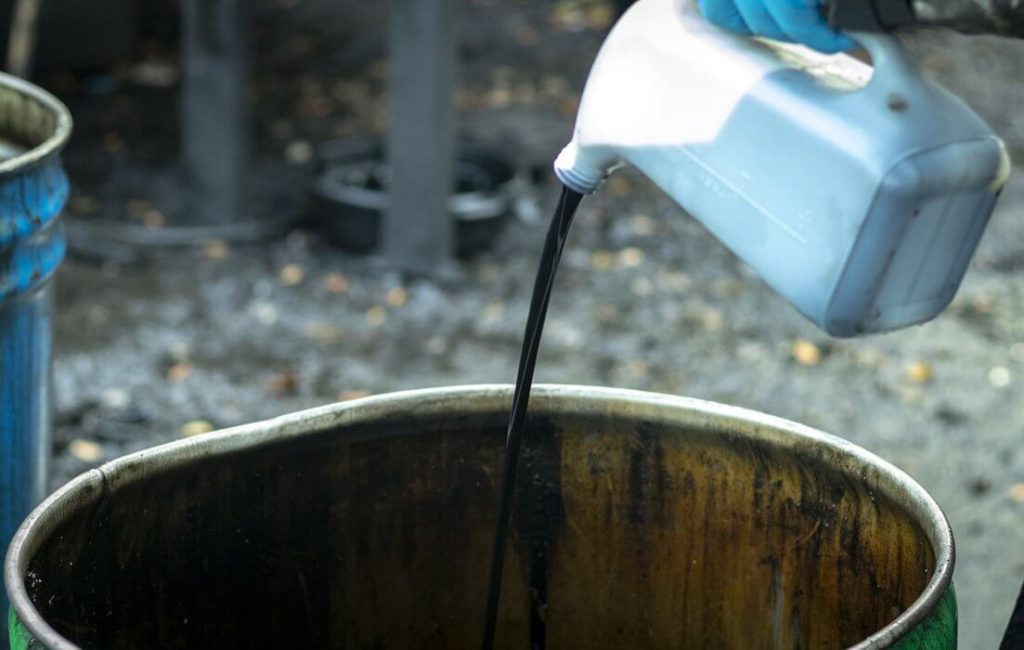Carpet cleaning is a necessary chore for all homes with carpeting. Daily maintenance includes vacuuming to remove loose soil and pretreated stains with a carpet spray cleaner. When treating a stain, resist the temptation to scrub; that only drives the stain deeper into the fibers.
Professional carpet cleaners also use advanced odor-neutralizing solutions to eliminate lingering odors that can attract pets and other unwanted guests. Click https://www.joondalupcarpetcleaners.com.au/ to learn more.

Vacuuming is one of the most important steps in caring for carpeted floors. The ideal vacuum cleaner for carpet should have reliable suction power and a brushroll that digs deep into the pile to lift away dirt and debris. The beater bar should also be set at a height that allows it to properly engage the carpet pile without grinding or fuzzing the fibers. If your vacuum does not have these features, it may be worth investing in a new model.
In addition to a thorough vacuuming, a good preventative maintenance routine should include regular spot cleaning and pretreating of stain areas. When spotting, always use cold water to treat the area to avoid over-saturating and causing the stain to set. For pre-treatment, mix baking soda and salt to make a paste that can be rubbed into the carpet to elicit a chemical reaction with the soil. This will break down and loosen the soil to be easily lifted by the vacuum or mop.
If you have an odor problem, sprinkle the carpet with baking soda and leave it to sit for an hour before vacuuming. The resulting reaction will neutralize the smell and absorb any remaining soil. If your carpet has stains that are difficult to remove, a professional cleaner may be necessary. Always consult a stain removal chart to find the best cleaner for your particular needs.
As a final preventative measure, a carpet protection mat should be placed in entryways and lobbies to trap the dirt that would otherwise be tracked into carpeted rooms. When vacuuming, remember to move slowly and with overlapping strokes to prevent damage or “uglying out” your carpet.
Carpets in offices, schools and hospitals require a cleaning program to help keep them looking good and hygienic. Having a routine preventative maintenance schedule helps extend the life of carpet, improves indoor air quality and lowers facility management costs.
Routine preventative maintenance includes daily vacuuming and interim low-moisture cleanings. High-traffic areas need to be cleaned more frequently than less-used rooms. Carpeted stairs also need regular attention to prevent soil accumulation.
Daily vacuuming removes loose dirt and debris that is trampled into the fibers by foot traffic. If left too long, these embedded soils can make vacuuming more difficult and cause carpet to look dull or dingy. Vacuuming should be done with a strong suction machine that is designed for your carpet type. A model without a beater bar (a rotating brush or scraping bar) is recommended for loop pile and wool blend carpets to avoid excessive agitation and damage to the fibers.
Oily soil from cooking vapors, air pollution and tracked-in dirt can create an oily film that dulls color and attracts more dirt. This type of soil requires special cleaning chemicals to break down the oil and dissolve it. Regular spot treatment with general spot cleaners, mild detergents with encapsulating properties and neutralizing or brown-out chemical treatments can help keep these types of spots at bay.
If you spot a stain, treat it as soon as possible to limit the amount of time that the stain has to soak into and saturate the fibers with moisture. Blot the spot with paper towels to absorb as much of the stain as possible. Then, apply a water-based or solvent spot removal product to the spot. Use a commercial carpet stain removal product or one of the many over-the-counter products available. Blot the spot again and if necessary repeat the process until the stain is completely removed.
Using walk-off mats at entrances to trap soil and prevent it from being tracked inside is another great preventative measure. In addition, a quality carpet pad adds resilience and comfort underfoot, prolonging carpet life.
When stains occur, they must be treated quickly to reduce the appearance of the spot and prevent the stain from becoming permanent. This is known as spot cleaning and focuses on treating specific areas or stains without affecting the surrounding carpet fibers. Spot cleaning is especially helpful for immediate accidents and older stains that may not have been addressed during previous cleanings.
It is important to have an arsenal of tools and spotting products on hand for effective care. Depending on the type of stain, different cleaners and removal techniques are required. Some stains may be removed by using a dry cloth, while others need to be rinsed with water and then blotted until no more stain is visible. It is also important to keep in mind that the use of a white cloth is recommended for blotting because any color residue from the rag could transfer to the carpet and cause the stain to appear worse.
For most spots, a carpet spotter solution is the best choice. It should be diluted according to product instructions, and staff should be trained to test the solution on an inconspicuous area of the carpet to make sure it is safe for colorfastness. After the spotter is applied, a clean white cloth should be used to blot it until no more soil can be pulled up. Then, the carpet should be rinsed with clear water and blotted dry. The blotting process is important because it will help to remove any soap residue that may be trapped in the carpet fibers and can cause resoiling.
Once a spot is cleaned, it should be blocked off to keep people from walking on it while it dries. Putting something like a dinner-table chair over the stain or placing it in front of a fan can help speed the drying process. It is also important to place a dry towel over the area so that the carpet fibers do not absorb any remaining moisture.
Keeping up with routine carpet maintenance and cleaning can prevent the need for more extensive work in the future. However, for those times when a deeper clean is necessary, professional carpet cleaning can leave your flooring looking its very best.
Carpet that has been damaged by severe soiling requires restorative cleaning. This is a specialized process that includes more steps than general maintenance cleaning and addresses specific problems like matting, heavy soils, smoke damage, pet stains and odors, and other difficult-to-remove issues. To ensure a successful restoration, the root cause of the problem needs to be determined. Then, the appropriate restorative cleaning techniques can be selected.
The first step in the restorative cleaning process is to thoroughly vacuum the entire carpet using a commercial-grade vacuum cleaner that has suction only. This helps remove dry, loose soil from the surface of the carpet and prevents re-soiling.
Next, a pre-treatment liquid is applied to the carpet. This solution may contain a solvent or alkaline, which breaks down the oily residues that cause stains. This is followed by agitation, which is done using mechanical agitation tools or brushes that help dislodge deep-seated dirt and stains from the carpet fibers. Then, the carpet is shampooed or steam cleaned. If there are any set-in stains, spot treatments may be used to treat them. Once the carpet is clean, it should be allowed to dry. The drying time can vary depending on the method of cleaning, indoor humidity levels, and outside weather conditions. In order to speed up the drying process, fans should be used and windows opened to promote air circulation.
Once the carpet is dry, a protectant can be applied to repel stains and extend the life of the carpet. Entry mats can also help decrease soiling by limiting the amount of dirt that is tracked into the building from shoes. The best way to reduce the need for restorative cleaning is to use a preventative cleaning system like PDIR, which involves regularly scheduled maintenance cleaning and regular monitoring of moisture levels in the flooring. This can significantly reduce the need for more intensive, costly restorative cleaning and keep your carpet looking newer, longer.

